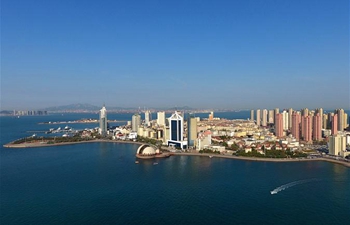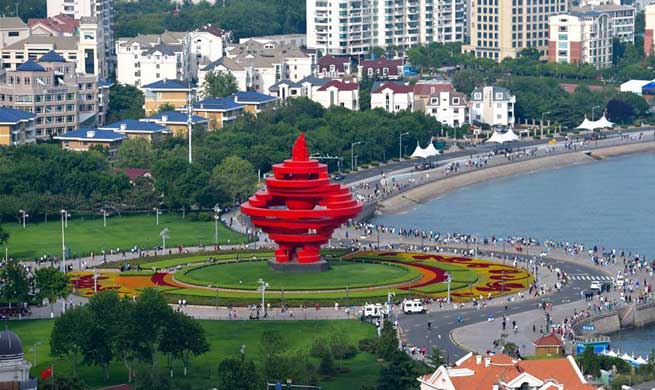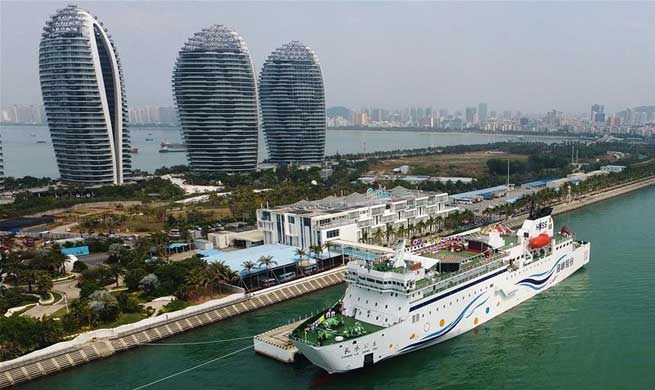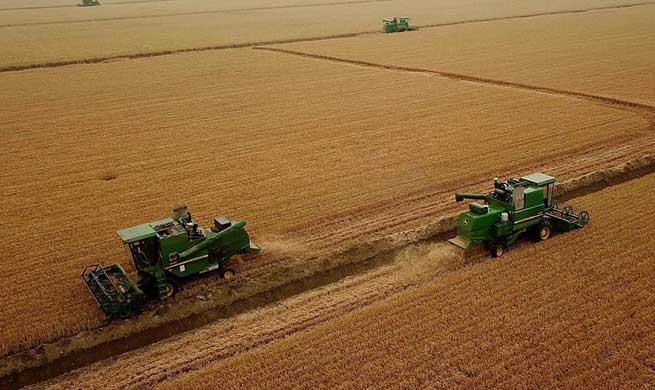MANILA, June 5 (Xinhua) -- Headline inflation in the Philippines further accelerated to a new 5-year high of 4.6 percent in May, higher than the 4.5 percent recorded in April, the government said on Tuesday.
Budget Secretary Benjamin Diokno said the spike was driven primarily by higher rice, corn, fish, tobacco, and personal transport prices, the latter largely driven by rising world crude oil prices.
He said the increase in the international oil prices beyond the programmed level of 60 dollars per barrel contributed 0.5 percentage points to the overall inflation rate in May.
"This means that for every additional peso due to inflation, one pays 11 centavos more," Diokno told a news conference.
Adding other external and domestic factors together, their joint contribution to the inflation rate is 0.7 percentage points.
"This means that for every additional peso due to inflation, one pays 15 centavos more," Diokno said.
Compared to these, the effect of excise taxes on petroleum, sweetened beverages, and tobacco under the Tax Reform for Acceleration and Inclusion (TRAIN) law remains at 0.4 percentage points, the same as in April. That amounts to 9 centavos for every additional peso due to inflation.
But Diokno said that inflation is expected to taper off next month of July.
"Major oil exporting countries are already discussing the possibility of increasing production. When they do this, we know this will bring down the cost of our oil imports and prices at the pump," Diokno said.
Moreover, he said the government expects large tranches of rice imports to arrive starting this month, making food cheaper for the Filipino family.
In May 2017, the government recorded an inflation rate of 2.9 percent.

















